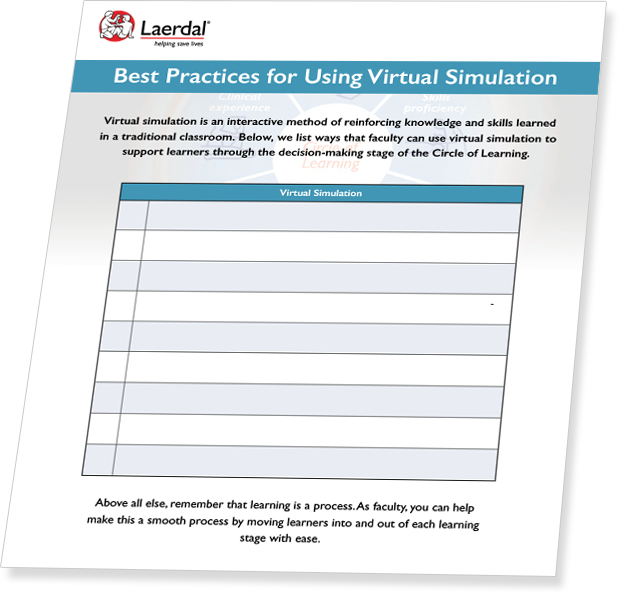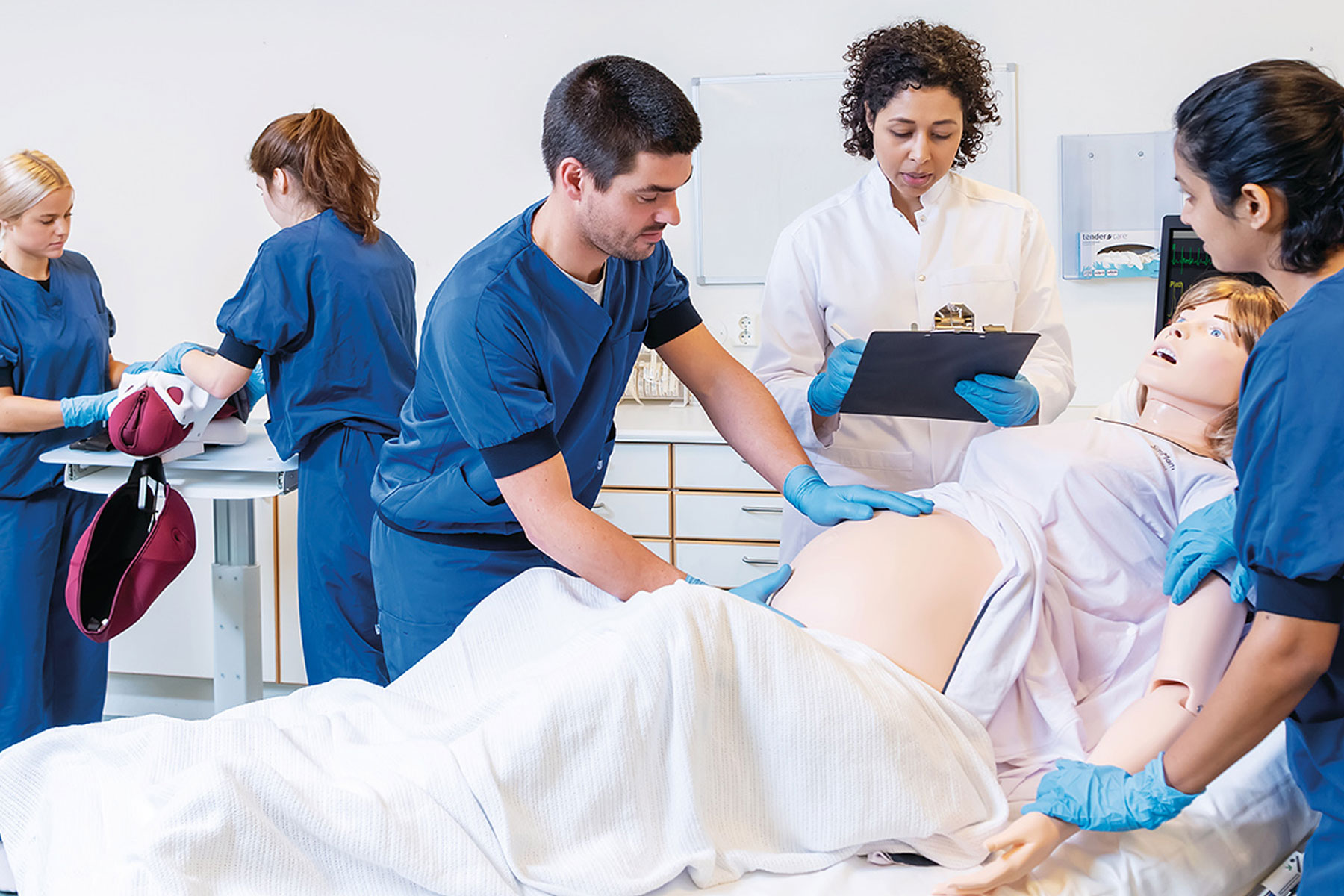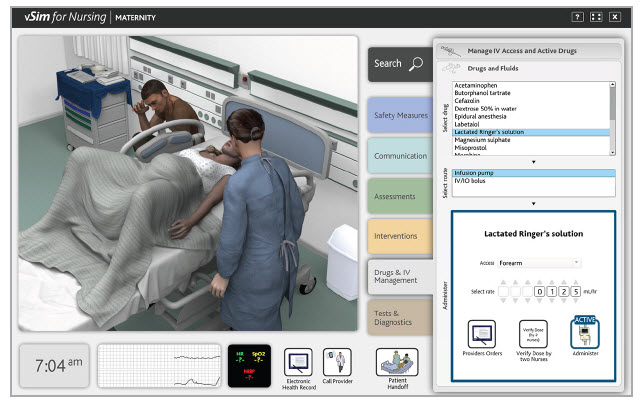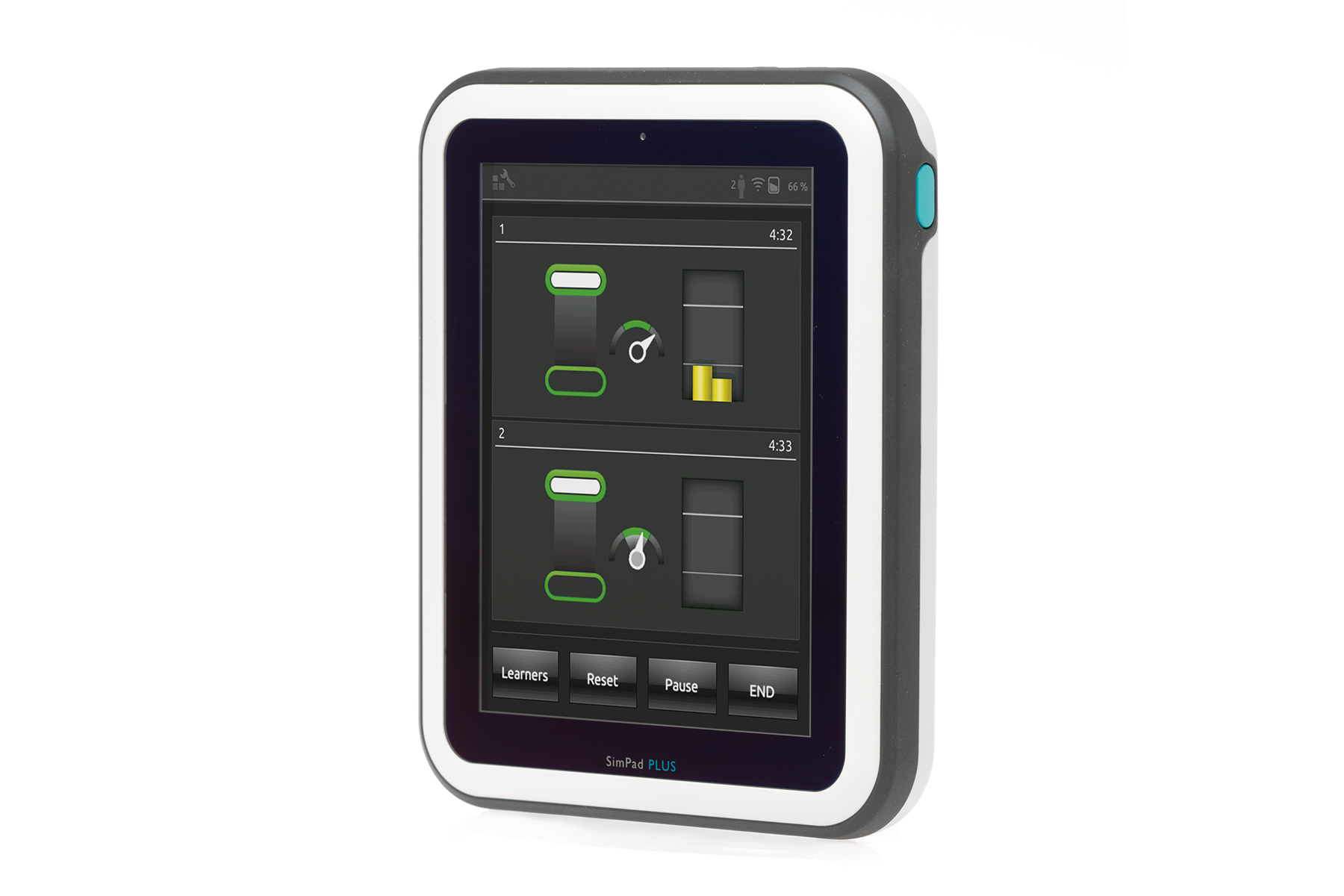Adverse obstetric events occur in approximately 9% of all deliveries in the U.S.1
Nurse educators who train novices in obstetrics know it’s critical for your program to prepare learners to keep mother and baby safe when delivery complications arise. As simple as this may sound, it can be a challenge to make sure that your learners are exiting the program fully prepared for these low-frequency, high-risk events. In order to ensure learners are optimally prepared for practice, the ability to implement a framework that relies on effective learning methods is key.
In 1984, David Kolb developed his experiential learning theory. It asserts that learners must progress through four stages of a learning cycle, with each stage involving different experiences, in order to effectively learn2 Kolb's theory strongly suggests that no single teaching method will stand on its own. For a maternal nursing program that covers everything from basic concepts to complicated delivery procedures and team dynamics, this can be especially true. Instead, using a range of complementary teaching methods allows learners to connect the dots between areas of learning, building on their constructive knowledge as they progress through the program.
In a discipline as complex and life-critical as maternal care, high-fidelity simulation training is often regarded for the realism it brings to the learning experience. In addition to the value of hands-on experience, it provides training in teamwork and communication skills that can help minimize harm to new mothers and infants. One study focusing on labor and delivery concluded that simulation-based team training plays a critical role in minimizing negative outcomes that are caused largely by communication and teamwork deficiencies3.
For learners to get the most out of high-fidelity simulation training, they should be as confident as possible before they enter the simulation lab. Incorporating virtual simulation is one way to reinforce classroom knowledge and boost learner preparedness. Virtual simulation offers learners an interactive learning experience. It allows learners to work with realistic virtual patients, virtual simulation helps learners develop key reasoning, prioritization, and decision-making skills – all of which can be helpful assets to carry with them into the simulation lab.
Below, we explore how virtual simulation can be used as a bridge between classroom learning and high-fidelity simulation. And if you’re already using virtual simulation, you’ll find out how you can use it as a powerful tool to prepare learners for more complex learning methods like high-fidelity simulation.






